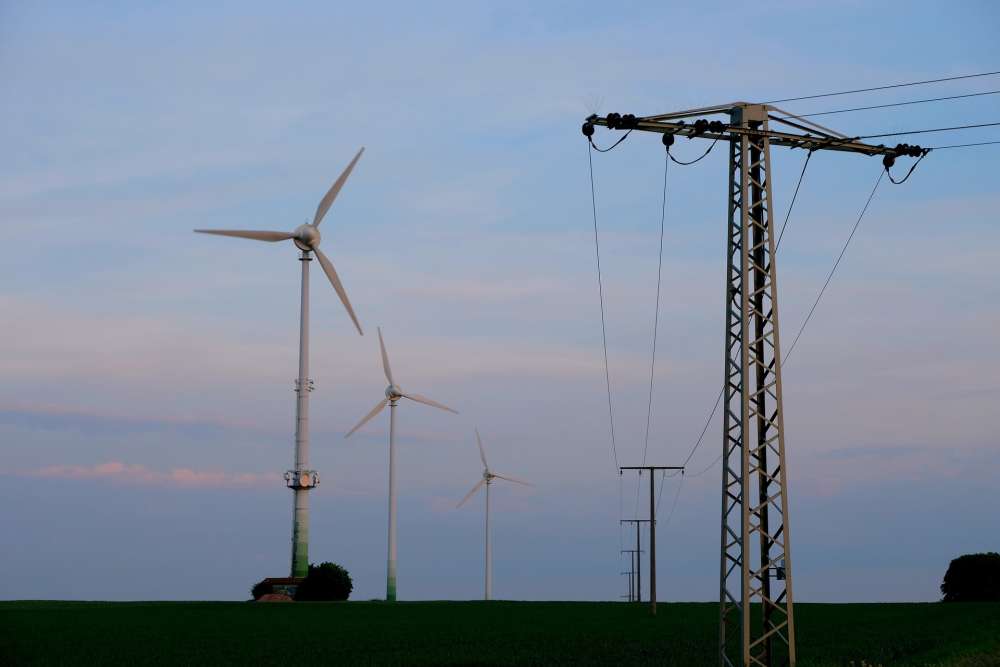Linking Energy Access to Carbon Emission Reductions and Subsidy Reforms
Challenges and Opportunities for the EU and the US

Introduction
The lack of universal access to modern energy is one of the most pressing challenges of our time. Nearly 1.3 billion people worldwide still lack access to electricity; another billion are believed to suffer from intermittent power supply, while more than 2.6 billion rely on hazardous solid fuels for cooking. These are alarming statistics and efforts are emerging at the international and national levels that aim to stimulate the necessary political will – as well as to enable social entrepreneurs and the private sector, among others – to find and implement viable solutions to this challenge.
There is much to gain by enabling universal access to energy. Human development, as measured by the human development index, increases with greater access to energy. Modern energy saves time and environmental resources and reduces daily workloads, especially for women and children, creating time to study and for social or productive activities that open up new opportunities for economic growth and development. It also reduces hazardous indoor air pollution, recently named the “kitchen killer,” which is responsible for 3.5 million deaths per year, more than HIV/AIDS and malaria combined. The availability of reliable and affordable electric power, however, goes well beyond these gains since it not only substitutes inefficient fuels, but establishes a resource that quickly revolutionizes lifestyles and provides new opportunities in terms of information, communication and productive uses.
Despite these and other positive effects, a number of considerable challenges to achieve universal energy access remain. First, huge investments are needed. The IEA estimates that approximately $49 billion is needed annually to achieve “Energy for All” in 20 years, though only $14 billion is expected. While this may provide energy access to about 1.7 billion people, the IEA also warns that global population growth will offset much of these gains in access. Second, there are legitimate concerns that promoting universal access to energy will lead to increased emissions of greenhouse gases, thus accelerating global warming. The concept of climate justice – or the belief that all have the right to energy and development – is still far from universally accepted, as evidenced by the ongoing challenge of developed and developing countries finding common ground on an international climate agreement. Third, neither energy access exclusion nor the mitigation of global carbon emissions can be meaningfully addressed when inefficient energy subsidies absorb state budgets and promote wasteful consumption. Globally, $480 billion is spent annually on energy subsidies, exacerbating both access exclusion in energy markets and global warming.
While these are significant challenges, a transatlantic strategy to address them together can yield considerable opportunities. The goal of providing universal access to modern energy can be fostered while having positive implications on mitigating global carbon emissions as well as promoting stability in developing countries through the elimination of harmful subsidies. Unfortunately, the energy access and climate change debates are often isolated, barely interacting with each other and providing contradicting messages. While the linkage between energy security and societal stability has been widely acknowledged, the impact of mechanisms such as energy subsidies, particularly vis-à-vis energy access and climate change goals, are still not widely understood.
To unravel the Gordian knot of energy and climate justice, this policy brief seeks to provide a better understanding of the linkages between energy access, carbon emissions mitigation and subsidies and to present some initial ideas for EU-US cooperation on making universal energy access a reality. The linkages between energy access and climate are discussed in the next section before the adverse role of subsidies vis-à-vis energy access and the mitigation of carbon emissions is presented in section 3. Section 4 provides ideas about how the transatlantic alliance can move forward. Section 5 concludes.
…







